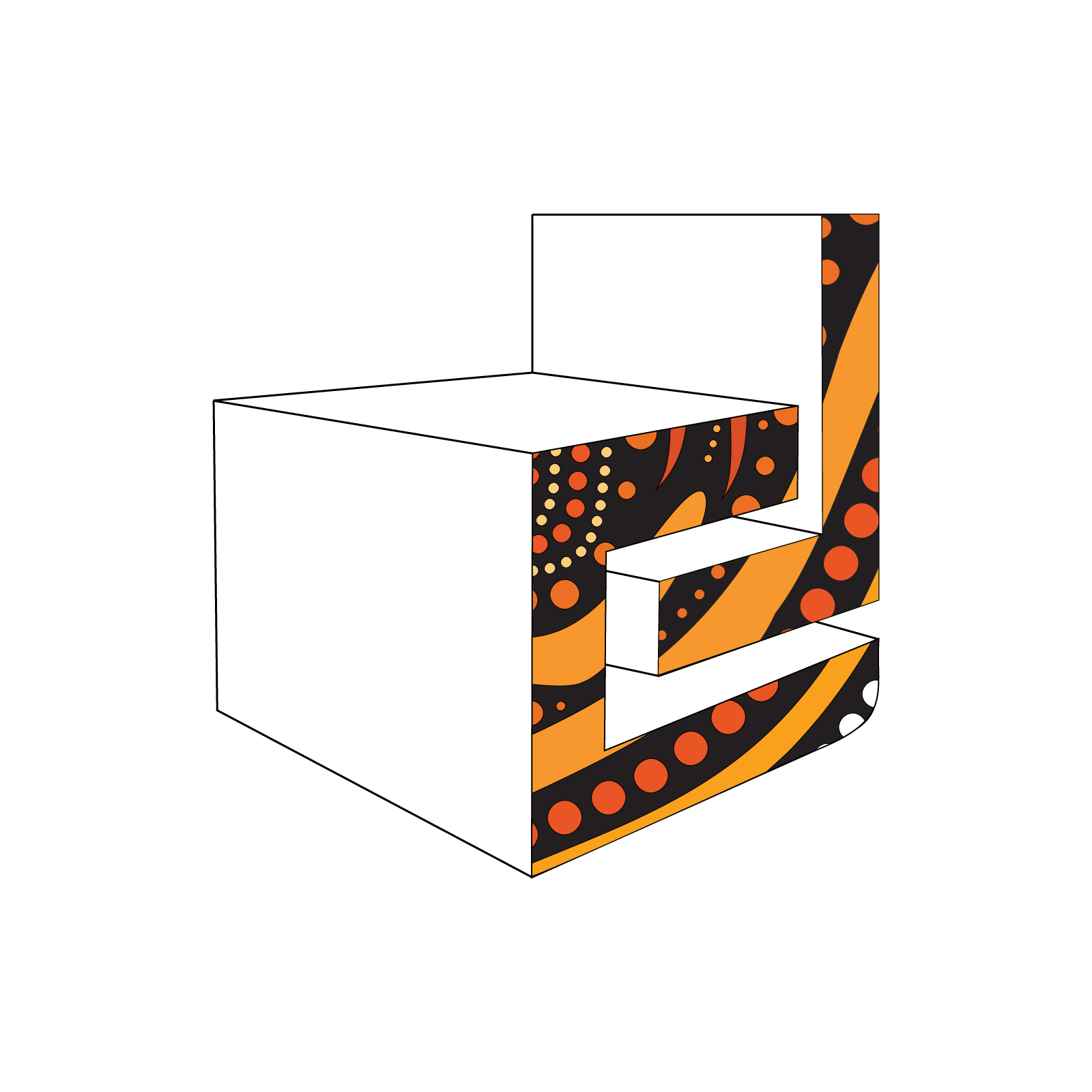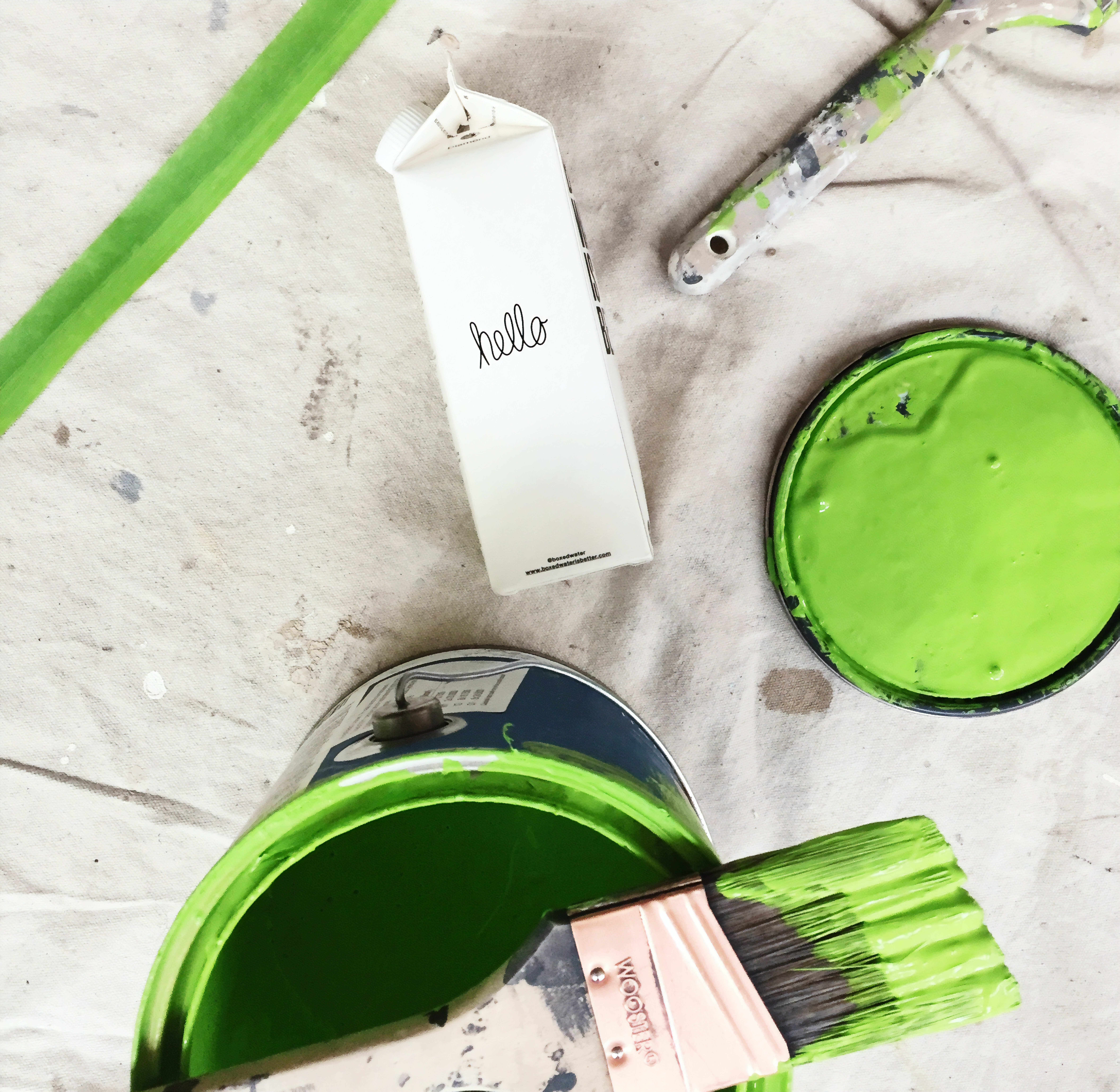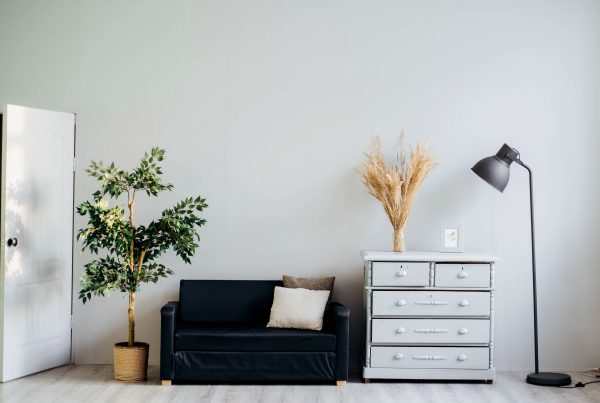Here at Direct Ergonomics, we’re passionate about protecting the environment, especially when it comes to honoring the Indigenous people and the land. That’s why we love advocating for sustainable office design.
We want to help more Australian businesses get on board with sustainable living. However, we know that designing a sustainable office can be an exciting yet slightly overwhelming proposition, so we’ve put together a short “how-to” guide that covers some key items you might want to consider.
If you make the commitment to creating a more sustainable office design, you’ll not only be helping to preserve the environment but you’ll also be saving on running costs – a win-win for everyone! Now, let’s get stuck in…
- Get clear on your vision
Spend a good chunk of time deciding what level of sustainability you want to achieve. For example, what level of energy efficiency would you like to reach? Get your board and any key stakeholders involved and let them know why your vision matters. - Assess the energy efficiency of your building
If you’re moving, make sure you check the energy efficiency of any new buildings on your shopping list. This is a big tick that you can achieve early-on by spending that extra bit of time on finding the right location. - Choose sustainable fit-out contractors and suppliers
Purchase eco-friendly office supplies wherever possible. For example, you can buy recycled paper notebooks and bamboo pens. It’s important to avoid single-use plastic and low-quality items that will quickly wind up in landfill.
“Your office fit-out partner should be able to reassure you that your project is being delivered as sustainably as possible, working with a fully sustainable supply chain and favouring the use of natural resources and recyclable materials.” (Aztec Interiors) - Start a “Green Team” for your office
Set up a team of employees who are responsible for creating innovative sustainability initiatives. This committee can help educate the wider team as well as encourage participation and collaboration on new sustainability projects. - Optimise lighting and technology usage
Make use of natural light wherever possible. Install motion-activated lighting where you can and encourage employees to switch off the lights when they leave the room. Use energy-saving light bulbs too – these last 10 times longer and use 80% less energy than traditional bulbs.
Consider heating and ventilation options. Remember to be careful with overheating, overcooling, and leaving electronic goods on when they’re not in use. Introducing summer dress codes and educating the team about energy-efficient computer settings can help address these issues. - Choose eco-friendly furniture
Buy sustainably produced furniture from trusted, certified suppliers.
At Direct Ergonomics we aim to contribute to a more environmentally sustainable world. To do this, we invest in energy-efficient technology to manufacture world-class ergonomic furniture and workstations, that have minimal impact on the environment.
We have a large range of products that are GECA certified. This means your organisation can be comfortable in the knowledge that our furniture is environmentally friendly. You can read more on our sustainability policy here. - Use non-toxic cleaning products
Throw out the chemical-laden cleaning products and make the switch to natural, green alternatives. There are many eco-friendly cleaning brands that come without the harsh chemicals that hurt our planet (and our bodies!). - Go paperless
Try to minimise unnecessary printing. These days, most communications can be shared and stored online – there’s rarely a need to print hard copies. If printing can’t be avoided, opt for recycled, FSC certified paper. - Reuse and recycle
Introduce clearly labelled recycling bins. Provide employees with branded coffee and water cups, so they can reuse the same ones rather than throwing out endless paper cups and single-use plastic bottles.
When it comes to recycling, education is the biggest factor – if people aren’t 100% sure about how to do it, they won’t bother. Make sure your team is crystal clear on why recycling is important and what the process involves. - Encourage healthy snacks and active living
Sustainability is very closely linked to wellbeing, and it’s important to advocate for this too. Support local or sustainably produced coffee and snack companies by providing these options in the office.
Advocate for “Meat-free Mondays” to minimise the negative impact of meat production on the environment. Encourage running, walking or cycling to work in order to reduce the office’s carbon footprint (and keep your team active).
The easiest way to get started with a sustainable office design is to pick a few small changes to make right now. These changes will eventually turn into hardwired habits with extraordinary long-term effects. Which will your team choose today?




